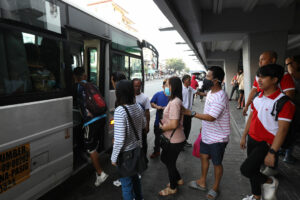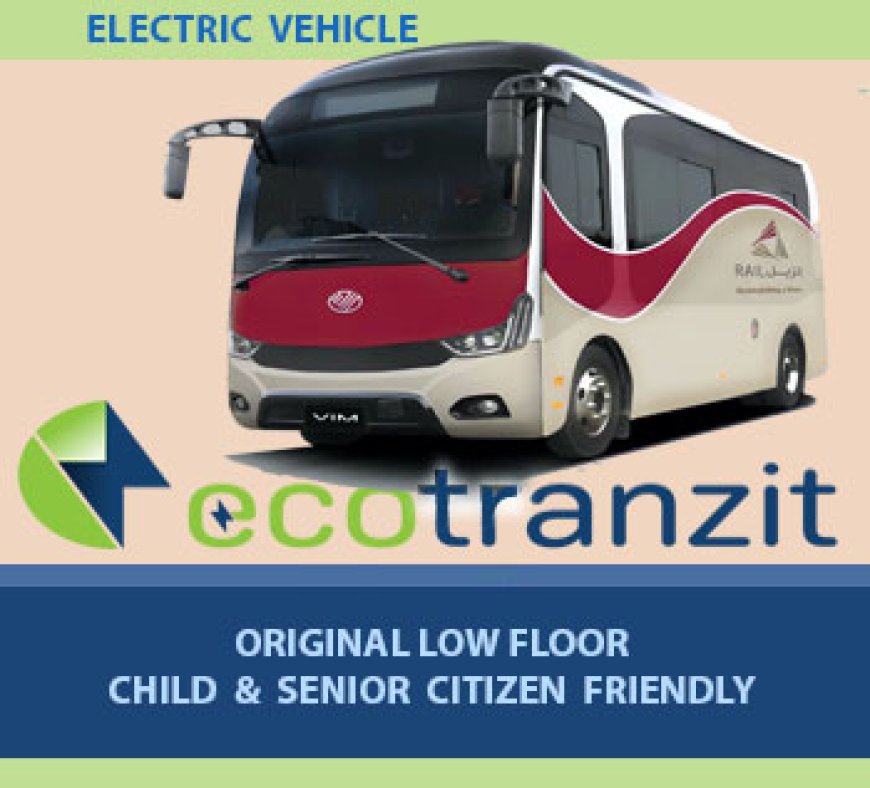The Coaseian Bargain in the PUV Modernization Program
On Feb. 28, 2023, Senate Resolution 44 urged the Land Transportation Franchising and Regulatory Board (LTFRB) to postpone the planned phaseout of the traditional jeepneys (the Public Utility Vehicle Modernization Program or PUVMP) by June 30, 2023. On Aug. 7 this year, President Ferdinand “Bongbong” Marcos, Jr. rejected what would have been the 8th postponement […]

On Feb. 28, 2023, Senate Resolution 44 urged the Land Transportation Franchising and Regulatory Board (LTFRB) to postpone the planned phaseout of the traditional jeepneys (the Public Utility Vehicle Modernization Program or PUVMP) by June 30, 2023. On Aug. 7 this year, President Ferdinand “Bongbong” Marcos, Jr. rejected what would have been the 8th postponement of the program. He announced that the program has been postponed seven times since its promulgation and since by now some 80% of the stakeholders or more have accepted the program, it would be unfair to the majority to postpone it yet again. The 20% who object should not hold sway over the fate of this important policy.
The Department of Transportation (DoTr) announced a 15-day grace period after which unconsolidated PUV franchises will be revoked. The Supreme Court (SC) was drawn in to adjudicate over the issue. On March 7 this year, the SC denied the petition seeking to nullify the DoTr’s PUVMP. The decision was penned by Associate Justice Maria Filomena Singh who denied the petition for a certiorari and prohibition filed by opponents (DO #2017-011).
The battlelines are drawn: on one side is the President who inherited a program started under the Duterte administration, and on the other is the new senate president Edgardo Angara, Jr. with 23 other senators. That Mr. Angara had sought the counsel of modernization program opponent Vice-President Sara Duterte gave the issue an electoral twist. VP Duterte is running in the next presidential election while President Marcos Jr. may pick a surrogate.
The advantages of the PUVMP are clear. At present the jeepney system is a backward tingi-tingi (piecemeal) solution to our gargantuan transportation problem. It harks back to the poverty coping mechanism in the post-WWI era when it was the most available and affordable mode of transport.
What should have been a temporary solution became locked-in by path dependence, underpinned by a decided minority with its noisy leftist ally, a misplaced preferential option for the poor, and the absence of an alternative.
Worse, it spawned a transportation system that carried the jeepney DNA: no properly designated bus stops, no proper schedule for departures and arrivals; no proper formal sector labor-management of contracts (instead it uses the boundary system), and corruption-prone tingi-tingi area allocation system disguised as franchising. The result is a tangle of a transportation system without rhyme or reason.
No modern progressive nation can be built upon — and will, in fact, be pulled down by — such a backward and very costly gridlock-prone transportation system. To avoid personal inconvenience, the riding public turned to private conveyance, which eventually complicated the traffic congestion and delays. Everyone, it seems, had turned to individual solutions to a problem that had a collective action flavor.
The PUVMP aims to provide an alternative to the current problem. It will mitigate congestion and air pollution by displacing old and noncompliant conveyances. It would allow for centralized orderly dispatch for better traffic management. It allows a speedy automatic fare collection system and ticket sales ahead of time and even online. All these are common features of modern transportation systems in every modern metropolis where coordination among different parts is central.
Its disadvantages are also clear: initial high cost of replacement (about P2 million per unit including interest rate); the complicated tripartite formal financial organization with government, financial institutions, and the consolidated drivers associations (say, a cooperative structure which is, many times, problematic in our culture); and the complicated maintenance and repair required where Filipinos, and especially the public sector, are wont to fail.
The DoTr claims that the modernization program will create a budget plan that includes drivers’ salaries, pension contributions, and monthly amortization for the units so that drivers do not face the financial obligations alone.
These and many more issues have been ventilated and discussed at many venues over the course of the last seven years. The LTFRB now claims that over 80% of the PUV constituency have already accepted the plan. Some sectors, namely those that have gone ahead, have thanked the President for his decision to see it through. In Cebu, the Federation of Cebu Transport Cooperative thanked President Marcos Jr. for the rejection to suspend the plan.
At the heart of the policy debate is the concept of a Coaseian bargain (named after Nobel Memorial laureate economist Ronald Coase): the potential gain of the reform is substantial and everyone in the end will benefit if a way is found to compensate the losers sufficiently from the gains by the winners (largely the riding public).
Since the benefits of the rearrangement are long-term and diffuse, while its cost is immediate and concentrated, this has to be mediated by an honest broker, usually called the government. The government will bridge finance the complicated transaction. Say, for example, the government offers to fund the program inclusive of not less than 10% of the price of the unit, and 20% of the annual collection of the Motor Vehicles User Charge to fund the program. There remains a problem of how much is enough.
The biggest obstacle, as it always is in the Philippines, is the credibility of the government acting as an honest broker. The Philippines is well-known to be a laggard in program implementation and many times participants are left with empty claims. Government has abandoned projects midstream. The budget allocated (P2.2 billion) may really be too small and may cover but 25,000 of the 250,000 jeepney units nationwide.
The easy and lazy solution is do nothing: the Nash solution where everyone hides behind the “free-riding solution”: nobody takes any risks, and everyone remains poor.
What Nick Joaquin called “A Heritage of Smallness” is really a strategy set where no player gains by unilateral defection. In the free-riding solution, our obsession over individual cost and benefit makes us forego the social benefits so much larger than the individual benefits. In other words, our real enemy is ourselves in our inability to trust. Under the spell of a trust-deficit, the Philippines has become an orgy of runaway free-riding problems. But other nations have faced the free-riding problem and have overcome it. Witness the People’s Republic of China’s Three Gorges Dam and its construction. Why not us? President Marcos Jr. is thus also right — the nation cannot wait indefinitely until a perfect program is arrived at.
The best compromise is a phased implementation as suggested by Senator Grace Poe: instead of a once-and-for-all nationwide implementation, start the first phase of the PUV replacement program today, but limited to clearly designated urban areas such Metro Manila, Metro Cebu, and other major cities where the returns are greatest; this will ease the burden for those immediately affected by finding some (if reduced) value in other areas to be covered by later phases rather than the zero value of stranded assets.
“Learning by doing” is the best policy where credibility is in deficit and capital is limited. But President Marcos Jr. must bring to bear considerable political capital and resolve to backstop his “implement now” timetable with a willingness to allocate the necessary additional funds as the need arises. The worst outcome is zero movement!
Raul V. Fabella is a retired professor at the UP School of Economics, a member of the National Academy of Science and Technology, and an honorary professor at the Asian Institute of Management. He gets his dopamine fix from tending flowers with his wife Teena, bicycling, and assiduously, if with little success, courting the guitar.














